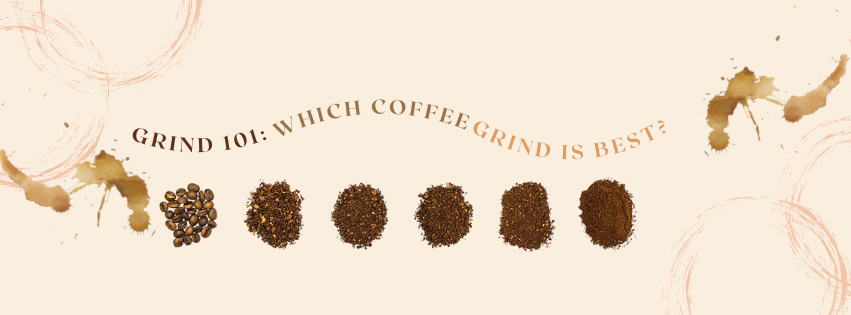Roasting – Man vs Machine
Creating consistency
Consumers are expecting a particular profile when purchasing their beans from Pollards, they seek consistency and reliability in the roast. Variables such as the outside temperature and bean storage can have an effect upon the whole process. As do other factors such as the time of the day; season; air pressure; how long the roasting drum has been switched on for etc.
Due to the changeable environment, using innovative tools enables us to monitor the process, and highlight changes easily. The machines enable quick tweaks to be made without hassle, directly in the roastery. Which ensures that our roasts are consistent, predictable and of a high quality.
Tracking and tweaking
Without careful monitoring, unexpected failures in machinery and technology can impact productivity and finances alike. The smallest variance can hugely change the quality and taste of a roast. However, if used correctly, technology can track and tweak the process in order to get the best flavour possible from the bean. Human monitoring of the technology help us minimise waste, in the event of a machine failure.
Technology can assist in many ways, but overall, it is there to automatically detect deviations from the ideal roasting profile. Once recognised, the tech compensates for these errors. It does this by adjusting temperatures and air quantity to follow the designed profile set. Instead of relying solely upon a roasters senses, technology can aid in decision making and be used as a safeguard against human error. It can reduce waste, improve sustainability measures and importantly, increase staff safety. Roasting coffee beans can be dangerous at times and fires can break out. Tech and automated machines can also aid safety by alerting our staff to any dangers or risk of fire.
Man vs Machine
In the Pollards roastery, we currently have three large roasting machines. One has advanced technology to enable a consistent roast, the other two are more aligned to a manual roasting process. These are predominantly used when the master roaster experiments with new blends. Additionally, they are used for honing the skills required as a roaster. Our standards for roasting are high and Pollards fully trust our roasters without the need for excessive technology. Because we are a wholesale provider, we process high quantities of coffee each day and the automation software allows productivity to increase without risk.
This technology is used alongside other methods to create the final cup. Most importantly, we taste test our drinks constantly, comparing batches to ensure consistency. Our staff enjoy this part the best I think! Only the best coffee leaves our roastery and are supplied to our customers.
Not just for the roast
We also use little technology gadgets throughout the factory, such as integrated timers and automated temperature gauges and advanced cooling systems to aid in the manual handling. Human error is eliminated with a mixture of skill, experience and technology. The integration of technology into the factory can make the process much simpler. Whether it is recording data, managing inventory, evaluating profiles and so on.
Another example of technology in the roastery is packaging machines. These help our staff to correctly package your beans in a safe, secure and consistent manner. Everything from weighing beans to printing labels is aided with the use of state of the art technology, and this allows us to increase both efficiency and productivity in the factory.
Final thoughts
At Pollards, we believe this sensitive mixture has been achieved to perfection. We do not aspire to be fully automated or to deskill our workforce, we pride ourselves in our skilled Coffee Roasters and consistent blends that we create. We believe that technology should support the art of coffee roasting, not take away from it. But we admit that the scale of coffee we produce here in Sheffield could not be done as easily, without the use of technology.

